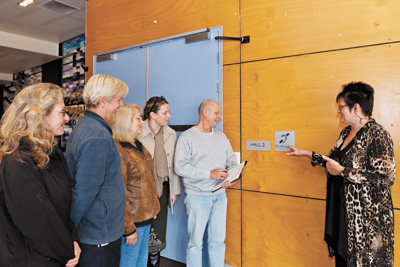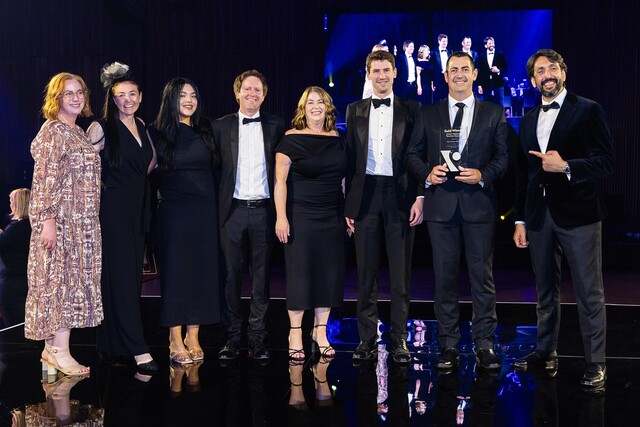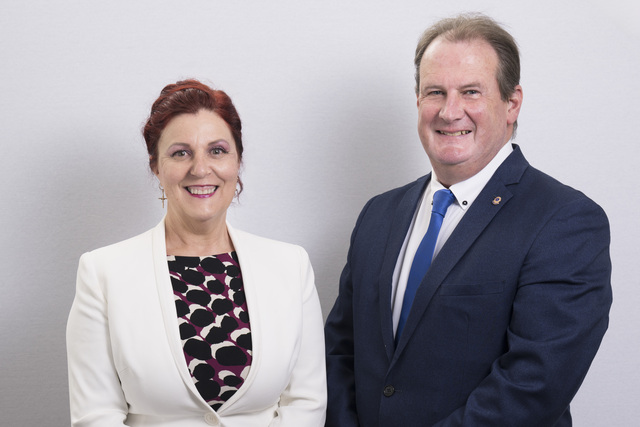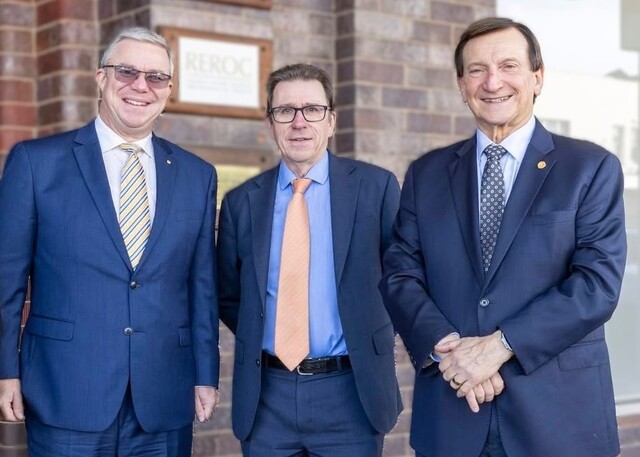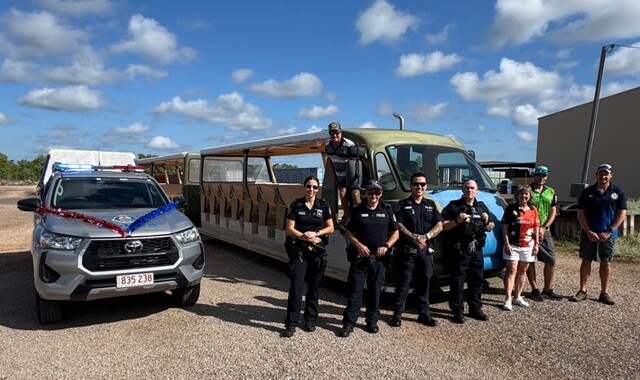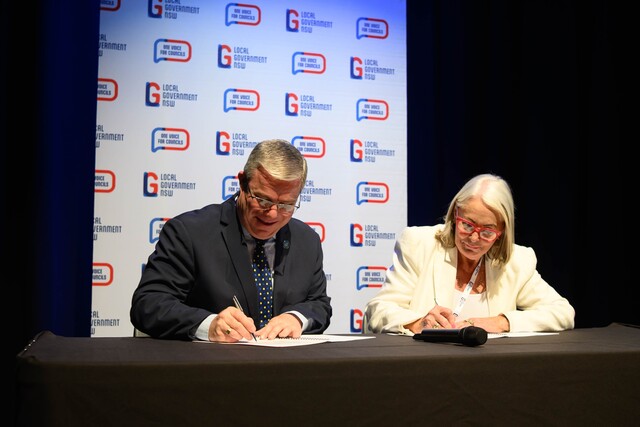Two local Councils are working to improve access to buildings, amenities and to tackle mobility issues throughout their regions.
In line with Sunshine Coast Council’s Access and Inclusion Plan 2011-2016, 31 employees undertook training addressing access requirements in the built environment to assist them in their day-to-day roles.
A key focus area of the Access and Inclusion Plan is a commitment by council to develop awareness within the building and construction industries to incorporate inclusive access requirements into buildings and new developments within the region.
The ‘Addressing Access in the Built Environment’ one day training was designed to assist the participants in understanding and implementing the wide range of requirements related to access, that must be considered in the planning, design and development of buildings and facilities for all users.
The program included:
• an overview of relevant legislation and Australian Standards
• an overview of disability access issues
• practical perspectives relating to access barriers and solutions
• identification of access barriers and solutions
• a ‘Tool Kit’ for post training reference.
The training kicked off by focusing on the wide range of challenges experienced by people with various access issues in accessing the built environment.
The session provided an overview of the key access considerations that impact people experiencing mobility, vision, hearing, intellectual and cognitive issues.
The session also provided a practical framework for exploring access issues and links these to the relevant legislative requirements including the Disability Discrimination Act, the Building Code of Australia and the Australian Standards for Access and Mobility.
It also incorporated updated information regarding the Disability Access to Premises – Buildings Standards.
The afternoon session centred around the provision of appropriate access to the key elements of buildings and facilities with an emphasis on access barriers and solutions.
A number of important access considerations were discussed including car parking, exits, hearing augmentation, pathways, tactile ground surface indicators and much more.
Participants agreed that training would enable them to approach design from the perspective of inclusive accessibility.
The Bendigo City council in Victoria is also working to make their city more accessible.
The council has adopted the latest technology to create universal access maps making it easier for all residents of all ages to get around the region.
Director of Community Wellbeing for the City of Greater Bendigo, Pauline Gordon said that the ‘Getting Around Transport Connections Project’ would look at pedestrian access, public transport options, heat respite areas and health and community facilities in the Greater Bendigo area.
Students of La Trobe University’s Urban, Rural and environmental Planning course will use iPads and mapping technology to undertake audits covering access and mobility issues and identify accessible facilities, footpaths, streets and bicycle path.
The information will be used to develop easy reference maps that will be available and hard copy and interactive on line format.
The data will also be inserted into the Greater Bendigo’s mapping system.

